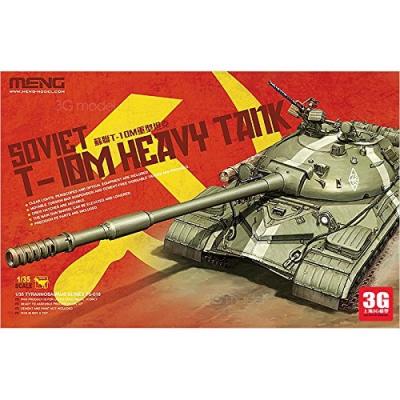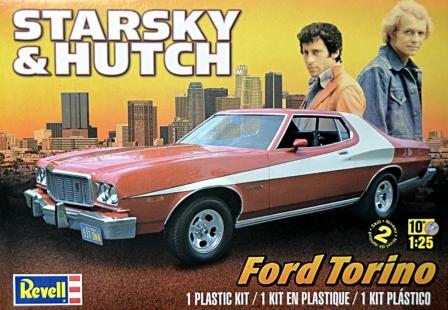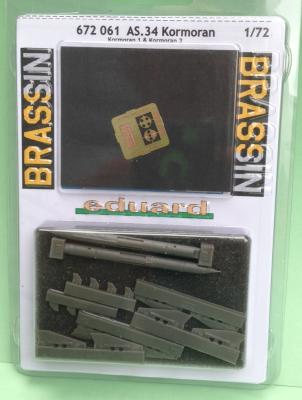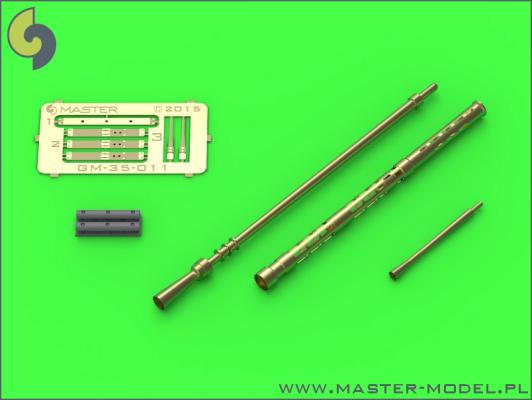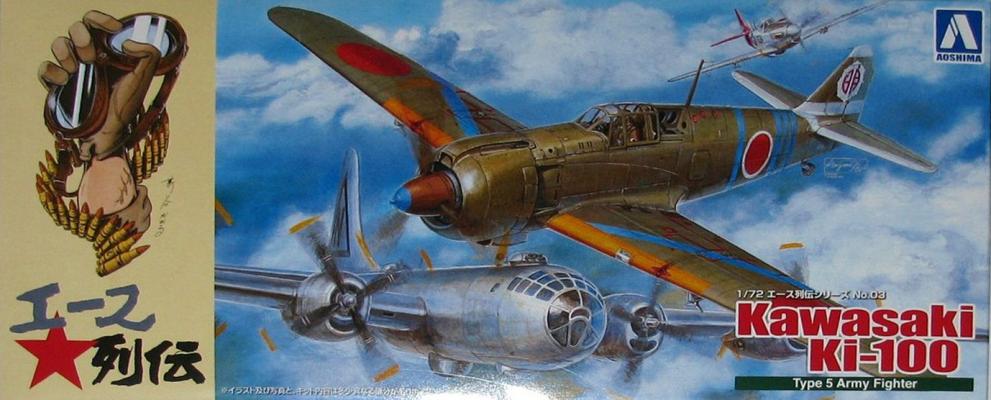The T-10M can trace its history back to the late WWII JS-1/JS-2 heavy tanks. At the September, 1945 Berlin Victory Parade the new JS-3 made its first appearance with a “turtle shell” turret and a “pike nose” front hull that made a worrisome impression on western observers. To keep up with the western powers heavy tank development projects in late 40's, the Russians continually modified the JS tanks up thru JS-7, but done of these went into production. In late 1948, the General Tank Directorate issued an order to develop a new heavy tank that would surpass the performance of the JS-3, but weigh no more than 50 tons. The famous Russian tank designer Zhozef Kotin developed the new design, and prototypes were made in 1949. The military was supportive and the tank was named JS-8. Upgrades lasted a while, and the tank was renamed JS-9 and then JS-10. After Stalin's death in 1953 the JS-10 was renamed the T-10, and by the end of 1953 it went into production.
Welcome to the IPMS/USA Reviews site!
Introduction: The primary organization of the IPMS/USA Review website is by IPMS/USA National Contest Class. Within each Class there are sub-menus by kits, decals, books, etc. The Miscellaneous Class is for items that are not class specific or that cross two or more classes.
IPMS/USA Members: We encourage you to submit reviews, both here and to the Journal. To volunteer for membership in the IPMS/USA "Reviewers Corps" and submit your own reviews, please read the Guidelines For Submitting Product Reviews.
Manufacturers, publishers, and other industry members: IPMS/USA is pleased to offer your company the opportunity for product reviews. All product reviews are performed by IPMS/USA members, and are posted in the publicly-accessible section of our website. With very few exceptions, we perform full build reviews of new kit releases, aftermarket products, and supplies. If you would care to provide product samples for review, please contact John Noack, IPMS/USA 1st VP.
To learn more about IPMS/USA, please see our About Us page.
Starsky & Hutch is a 1970s television cop show that featured the two characters David Starsky and Ken 'Hutch' Hutchinson as California policemen. The drama of the show was enhanced by frequent car chase scenes featuring their bright red “Striped Tomato” 1975 Ford Torino.
The Kit
This review covers the Starsky and Hutch Ford Torino 1:25 Scale Revell Model Kit #85-4023.
The AS.34 Kormoran missile is a German developed anti-ship missile. The Kormoran 1 was originally designed in the 1960’s for use by the German Navy and was flown on the F-104 and the Tornado. It was also used by Italy. The Kormoran 2 was an updated version of the Kormoran 1, using the same missile body, but with updated avionics, an improved and larger warhead and better rocket motor to give it longer range.
This is another nice set in Brassin’s weapons range and for a change it is not a US or Russian weapon. The set includes one missile body for each of the Kormoran 1 and for the Kormoran 2. Be sure to check which one you are using as they are slightly different, primarily in the exhaust/nozzle area and in the fairings along the side of the missile bodies. The larger rocket fins are apparently different as they are numbered differently while the smaller steering fins are the same on both missiles.
The development of this Russian heavy machine gun started in 1944 and by 1949 it had entered service as an infantry weapon. By the 60's it was withdrawn as it was too heavy to be useful. However, it was also mounted on tanks, BTR's, BRDM-2 and other armor vehicles, even boats. It has heavy fire power and a very long range of 2-3,000m and up to 2,000m vertically as an AA weapon. This version, KPVT (tankovyi) was modified from the infantry version by shortening the receiver, providing a heavier barrel jacket and using a 50-round belt instead of the original 40-round belt. To us Americans, if you convert the 14.5mm it turns out to be .57 caliber. More than half way between the .50 caliber M2 MG and the 20mm round. With the larger bullet and case it provided approximately twice the energy of the .50 caliber round, making it a very formidable weapon.
History
Derived from the Ki-61 Hein “Tony” the Ki-100 flew for the first time in February 1945 and without the need for the heavy coolant radiator and other fittings required for a liquid-cooled engine, was lighter than the Ki-61-II thus reducing the wing loading. This had an immediate positive effect on the flight characteristics, enhancing landing and takeoff qualities as well as imparting increased maneuverability, including a tighter turning circle. Pleased by the flight characteristics of the plane the model was ordered to be put in production and the first 271 of the airframes were remanufactured from Ki-61-II Kai and Ki-61-III airframes. Later 118 of the Ki-100 II with an ‘all around view’ canopy were produced. The Ki-100 was the Imperial Japanese Army’s last fighter and in the hands of a skilled pilot was more than a match for allied fighters.











